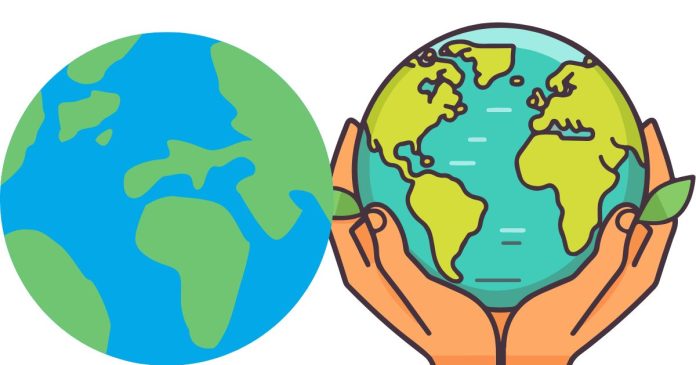The upper mantle of the Earth is composed of solid silicate rock, but it is also partially molten in some areas, allowing for slow movement. The upper mantle extends from the Moho (Mohorovičić discontinuity), which is the boundary between the Earth’s crust and mantle, down to a depth of about 400 kilometers (250 miles).
Composition of the Upper Mantle:
- Silicate Minerals:
- The upper mantle is mainly made up of silicate minerals, which contain silicon and oxygen atoms. Some of the major minerals found in the upper mantle include:
- Olivine: A magnesium-iron silicate that makes up a significant portion of the upper mantle.
- Pyroxenes: A group of minerals that also contain silicon, oxygen, and metals like magnesium and iron.
- Garnet: Another silicate mineral, though less abundant, that can be found in some areas of the mantle.
- The upper mantle is mainly made up of silicate minerals, which contain silicon and oxygen atoms. Some of the major minerals found in the upper mantle include:
- Peridotite:
- The most common rock type in the upper mantle is peridotite, which is rich in olivine and pyroxenes. Peridotite is a dense, coarse-grained rock that is the primary rock forming the mantle beneath the Earth’s crust.
- Transition Zone:
- The upper mantle also includes a transition zone that lies between 410 km and 660 km depth. Here, the pressure and temperature conditions are high enough to cause changes in the mineral structure. For instance, olivine transforms into wadsleyite and ringwoodite, which are high-pressure forms of silicate minerals.
- Partial Melting:
- In certain areas, especially at mid-ocean ridges or hot spots, the upper mantle is partially molten. This molten material can rise to the surface through volcanic activity. The partial melting occurs because of the temperature and pressure conditions in the mantle, allowing rock to melt and form magma.
- Iron and Magnesium:
- The minerals in the upper mantle are rich in magnesium and iron, giving them higher density compared to the silicate minerals in the Earth’s crust. This difference in composition helps account for the Earth’s density gradient: the mantle is denser than the crust, which floats on top of it.
- Lower Crust Interaction:
- While the upper mantle and the crust are distinct layers, the uppermost part of the mantle is chemically and physically connected with the crust, especially in tectonically active regions, where processes like plate tectonics occur. The lithosphere, which includes the Earth’s crust and the uppermost solid part of the mantle, behaves as a rigid layer compared to the asthenosphere, a partially molten zone below that allows tectonic plates to move.


